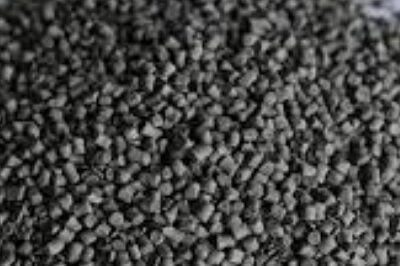Metal Injection Molding
MIM is a process that merges two established technologies: plastic injection molding and powdered metallurgy. It offers a manufacturing capability of producing precise, complex parts in large quantities.
There are a wide variety of metal alloys available for MIM process including different types of steel, titanium, and copper—to name a few. JunKun specializes in:
Stainless Steel:– ideal for applications requiring strength, ductility, and corrosion resistance.
Low Alloy Steel:– generally used for structural applications especially when high strength and hardness are necessary.
Copper:– most commonly used for thermal management applications that require miniaturization, improved heat transfer, and electrical conductivity.

Metal Injection Molding Process
After material selection, the MIM process involves the following key steps:
Feedstock Creation: Ultra-fine metal powders, thermoplastic, and wax binders are precisely combined to form homogeneous pelletized feedstock. This mixture, similar to plastic, allows for injection molding, ensuring high density and tight tolerances in large-scale production.
Molding: The feedstock is heated and injected into a mold cavity under high pressure, enabling the formation of intricate shapes. The resulting component is initially known as a “green part.”
Debinding: The “green part” undergoes controlled debinding to eliminate the binder, transforming it into a “brown” part, ready for the final stage.
Sintering: The “brown” part, still held together by a minimal amount of binder and fragile, undergoes sintering. This process involves temperatures close to the material’s melting point, removing the remaining binder and imparting the part with its ultimate density and strength.

MIM Tooling
When selecting a MIM manufacturer, it’s crucial to ensure that the chosen tooling process consistently and efficiently produces parts with repetition. Our traditional tooling process is specifically crafted to optimize production efficiency while reducing overall costs.
Wondering if your part is a good size for MIM? Read More

Heat Treating for MIM Components
MIM materials may be heat treated to increase strength, hardness, and wear resistance. The degree of hardening is determined by the percentage of carbon, alloying elements, and residual porosity of the component. Heat treating allows you to achieve ultimate properties for the alloy. To ensure optimum strength and durability, tempering or stress relief is required after quenching.
After your components are completely rid of all binding material, OptiMIM offers many secondary operations to improve dimensional control, including:
Coining
Sizing
Straightening
Machining (miling, turning, grinding, etc.)
During the sintering process, parts can be distorted, and start to sag or drag. The processes above correct these issues and return the part to its original design.
Benefits of MIM
MIM offers greater design freedom than many other production processes by freeing designers from the traditional constraints associated with trying to shape stainless steel, copper, titanium, and other metals. Other benefits of MIM, include:
MIM makes it possible to integrate and consolidate several components into a single molded piece—reducing the need to work with several manufacturers and decreasing processing and assembly costs.
Texture, knurling, threads, lettering, and company logos can all be incorporated into the mold.
Design for MIM
Design for MIM is one of the most important steps that can be overlooked. When you design for MIM there are a number of factors that you can plan for that reduce or eliminate the need for secondary operations after sintering—which can increase overall component cost. Ask your design engineer about sintering supports, draft, fillets and radii, as well as sink and knitlines and what they plan to do to prevent part distortion.
